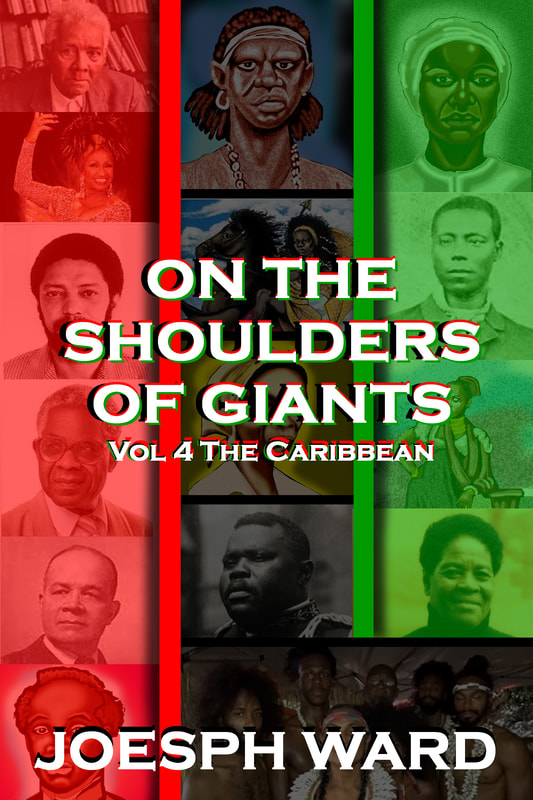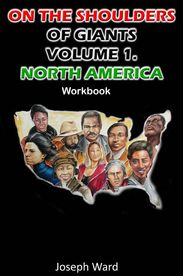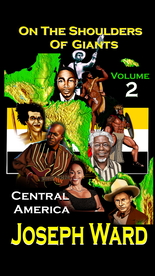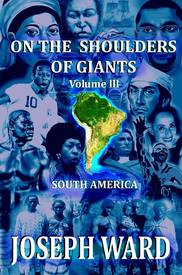|
What’s up family!! Today, we're diving into the richness of Africa's past, exploring 10 of the most influential kingdoms that shaped the continent's destiny. So let's dive straight in!" **1. Ancient Kemet (3100 BCE - 30 BCE):** Kicking off our journey, we step into the land of pyramids and pharaohs. Ancient Kemet, with its awe-inspiring architecture and advanced civilization, laid the foundation for African greatness. **2. Kingdom of Aksum (100–940 AD):** Zooming forward, we discover the Kingdom of Aksum, a powerhouse in trade and culture. Not only did they control key trade routes, but their unique obelisks and bustling city of Aksum marked them as true pioneers. **3. Mali Empire (1235–1600):** Fast forward to West Africa, where the Mali Empire, founded by Sundita Keita, and under the rulership of the legendary Mansa Musa, Mali became synonymous with wealth. The city of Timbuktu was an intellectual hub, drawing scholars from around the world. **4. Great Zimbabwe (1100–1450):** Venturing south, we encounter Great Zimbabwe, a kingdom known for its impressive stone structures, such as The Great Walls of Zimbabwe, that stand beyond 30 feet high. These architectural wonders are proof of a sophisticated society with advanced engineering skills. **5. Kingdom of Ghana or Wagadou (300–1200):** Not to be confused with the modern nation, the historic Kingdom of Ghana was a gold mine (literally!) and a trade hub for gold, ivory, and more. They controlled the trans-Saharan trade routes, amassing incredible wealth. **6. Kingdom of Benin (1180–1897):** Moving on to the Kingdom of Benin, we witness a society known for its exquisite bronze, wood, and ivory artwork. The people of Benin were master craftsmen with artistic prowess, their artifacts captivate the world to this day. **7. Kingdom of Mapungubwe (c. 1075- c. 1220):**. One lesser-known but historically significant African kingdom is the Kingdom of Mapungubwe. The people of Mapungubwe were skilled artisans, creating intricate pottery and artifacts. The kingdom is particularly renowned for the discovery of a golden rhinoceros figurine, symbolizing the sophistication and artistic prowess of its inhabitants. **8. Oyo Empire (1400–1900):** In West Africa, the Oyo Empire flexed its military might. Known for its disciplined army and organized governance, Oyo was a force to be reckoned with, spanning a vast territory. **9. Kingdom of Kush (1070 BCE–350 AD):** Let's journey back to the Nile Valley, where the Kingdom of Kush rose to prominence. They not only gained several victories against Egypt in battle but also left a lasting cultural imprint, blending their traditions with those of the pharaohs. **10. Zulu Kingdom (1816–1897):** Wrapping up our tour, we land back in Southern Africa with the Zulu Kingdom. Under the leadership of Shaka Zulu, they redefined military strategy, frightened the Europeans, and left an iconic mark on the region's and military’s history. "And there you have it, a whirlwind tour through the corridors of time, exploring 10 influential African kingdoms that shaped the continent's destiny. If you enjoyed this journey, hit that like button, subscribe for more historical adventures, and let us know which kingdom fascinated you the most in the comments below! Until next time, stay curious!"
0 Comments
James Beckwourth, a black man, is a trailblazing figure in American history. Born in 1798 into slavery, in the state of Virginia, to a black enslaved mother and an Englishman as his father. Beckwourth would defy the odds to become one of the most renowned Black explorers of the 19th century. In the early 1800s, Beckwourth gained his freedom when his father emancipated him, he then moved to Missouri with his family and accepted an apprenticeship with a blacksmith. Over time he became unhappy with his apprenticeship and quit. This decision would change his life. He left home, embarking on his first expedition from the mines of the Fever River near Wisconsin, south to New Orleans. He made a brief stop at his father’s home in Virginia, before going on his first fur-trapping expedition in the Rocky Mountains. His exploration of the Rocky Mountains and the Sierra Nevada truly set Beckwourth apart. He became the first African American to discover the famous mountain pass that now bears his name, Beckwourth Pass. This discovery opened up a crucial route for westward expansion, forever shaping American history. Beckwourth's extraordinary skills as a frontiersman and his ability to forge relationships with Native American tribes also earned him respect and admiration. His experiences and insights provide valuable information for settlers and traders, contributing to the understanding of the vast and challenging landscapes of the West. Throughout his life, Beckwourth was an explorer, fur trapper, trader, and scout for the U.S. Army against the Cheyenne and Apache Nations during the Colorado War. He was embraced by the Crow Nation after being mistaken for the son of the Chief, living among the Crow Nation for around 10 years, and even achieving the status of chief. His dynamic life and accomplishments challenge the historical narrative, reminding us of the diverse and often overlooked contributions of Black individuals in shaping the American frontier. Beckwurth was one of many explorers of the American West, but what made him stand out was he was wise enough to record his story. His autobiography The Life and Adventures of James P. Beckwourth: Mountaineer, Scout and Pioneer, and Chief of the Crow Nation of Indians was published in 1856. James Beckwourth died in 1867 living with the Crow Nation. His legacy lives on as a symbol of resilience, courage, and the enduring spirit of exploration. His journey inspires, breaking barriers and paving the way for future generations to explore new horizons. References: https://en.wikipedia.org/wiki/James_Beckwourth https://beckwourth.org/Biography/santafe.html The history of slave uprisings in Panama, as in many other parts of the Americas, is marked by the resistance of enslaved people against their oppressors. During the colonial period and later, when Panama was part of the Spanish Empire, African slaves were brought to the region to work on plantations, in mines, and as laborers. The harsh conditions of slavery, coupled with the exploitation and abuse suffered by the enslaved population, led to several instances of resistance and rebellion. One significant slave uprising in Panama occurred in the 17th century, known as the "Black Freemen's Revolt" or "Rebellion of the Cimarrons." The term "Cimarron" referred to escaped slaves who formed independent communities in remote and often inaccessible areas. These communities, known as palenques, were established by escaped slaves seeking freedom from the brutal conditions of plantation life. The “Rebellion of the Cimarrons” occurred in the Darien Gap region of Panama in the 17th century. Enslaved Africans, as well as some indigenous people, rebelled against their Spanish colonial masters. The rebellion aimed to establish autonomous communities and resist the exploitation and mistreatment of the enslaved population. The rebels successfully established independent palenques in the dense forests of the Darien Gap, where they lived free from direct Spanish control. The Spanish authorities responded to the uprising with military force, attempting to suppress the rebels and maintain control over the enslaved population. The conflict between the colonial forces and the cimarrons continued for an extended period, with intermittent peace agreements and hostilities. Over time, some palenques were subdued, while others persisted, and the descendants of escaped slaves continued to live in remote regions, maintaining their independence. The history of slave uprisings in Panama is integral to the broader struggle for freedom and autonomy in the Americas during the colonial period. These uprisings played a crucial role in shaping Panama's cultural and social landscape and contributed to the eventual decline of slavery in the region. References: https://www.refugeesinternational.org/perspectives-and-commentaries/life-on-the-edge-of-the-darien-gap/ https://ecommons.luc.edu/cgi/viewcontent.cgi?article=2803&context=luc_diss The invasion of the Congo by King Leopold II of Belgium in the late 19th century was primarily driven by the quest for rubber and other valuable natural resources. Leopold established control over the Congo Free State, exploiting its resources and its people for his personal gain. Under the guise of philanthropy and "civilizing" efforts, Leopold's rule was marked by horrific atrocities. He employed a brutal system to extract rubber and ivory, imposing harsh quotas on Congolese people, forcing them into labor, and punishing those who didn't meet these demands. The Congo Free State's indigenous population suffered immensely due to these devilish practices. Forced labor conditions were egregious, leading to widespread abuse, violence, and death. Congolese villagers were subjected to extreme violence if they failed to meet rubber quotas or resisted the exploitative practices. This often included mutilations, such as cutting off hands, as a means of punishment or a deterrent against rebellion. Countless atrocities occurred during Leopold's rule, including indiscriminate killings, widespread torture, and the destruction of communities. Estimates suggest that millions of Congolese lost their lives due to the brutal exploitation and harsh conditions imposed by the Belgian administration. Additionally, diseases and famines ravaged communities due to the disruption of traditional ways of life and forced labor practices. The extensive documentation of these atrocities by missionaries, journalists, and investigators led to an international outcry against Leopold's rule in the Congo. Public pressure eventually forced the Belgian government to take control of the Congo from Leopold in 1908, resulting in the establishment of the Belgian Congo. The legacy of King Leopold II's exploitation of the Congo Free State remains a brutal and terroristic chapter in Congolese history. The atrocities committed during his reign continue to be remembered as one of the most tragic episodes of European colonialism in Africa. The impact of these horrific events on the Congolese people and the country as a whole has been profound, influencing the social, economic, and political landscape of the region for generations. |
Details
Categories
All
Click Here to join our mailing list
|
Contact Us: |
Connect With Us |
Site powered by PIT Web Design

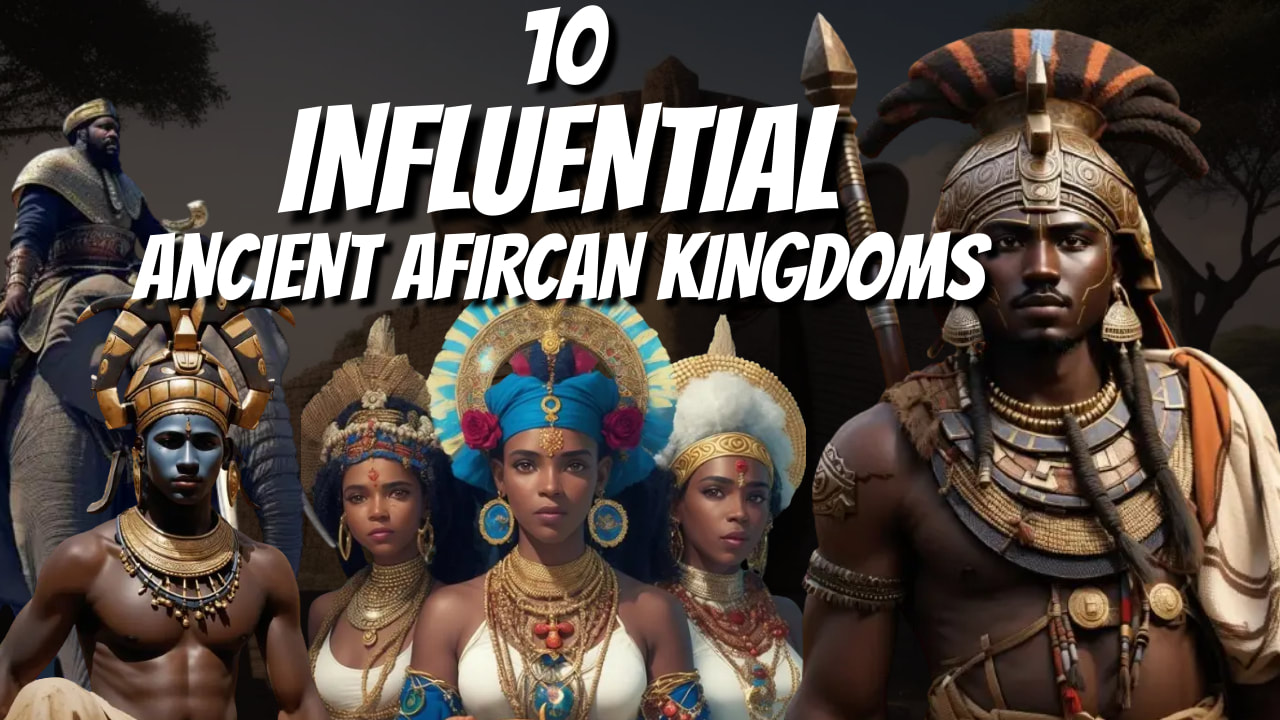
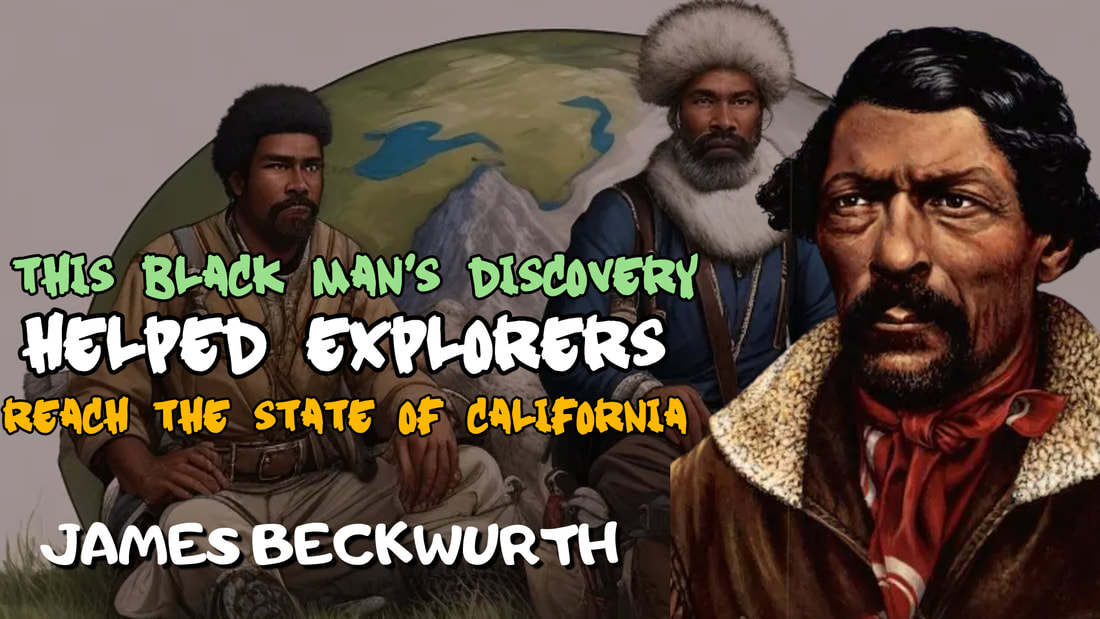
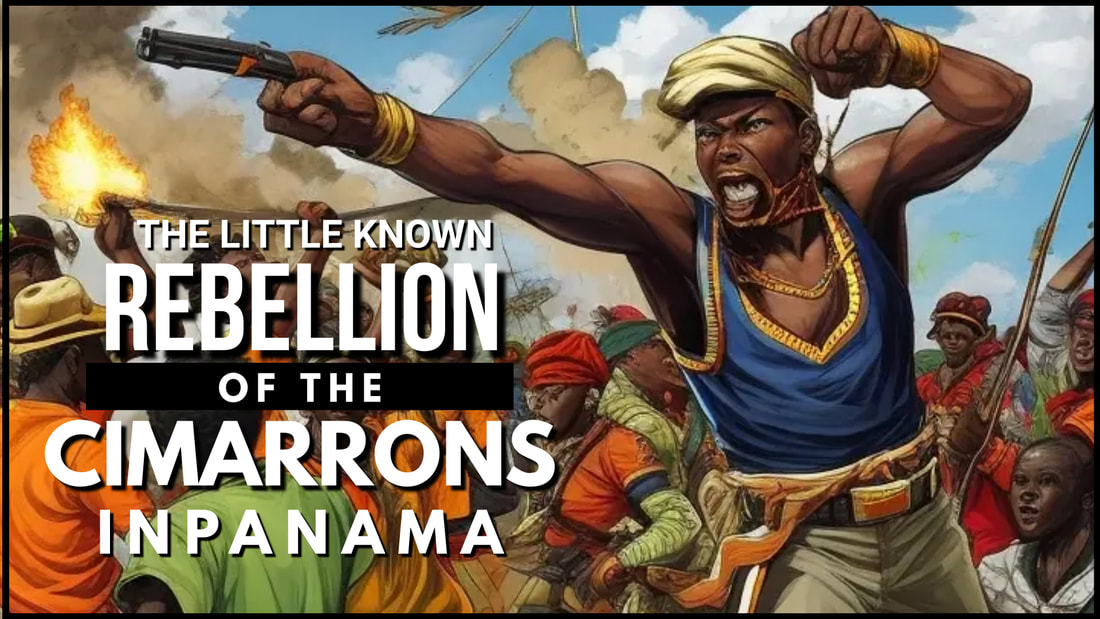
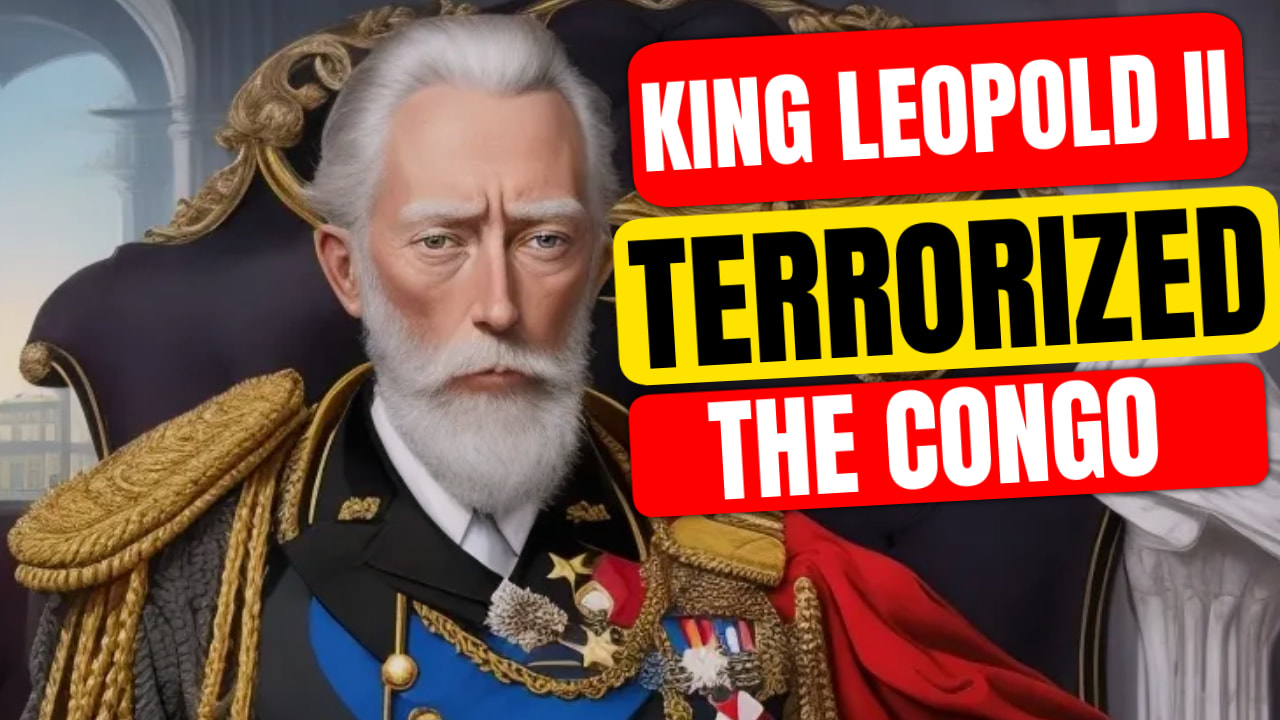
 RSS Feed
RSS Feed
